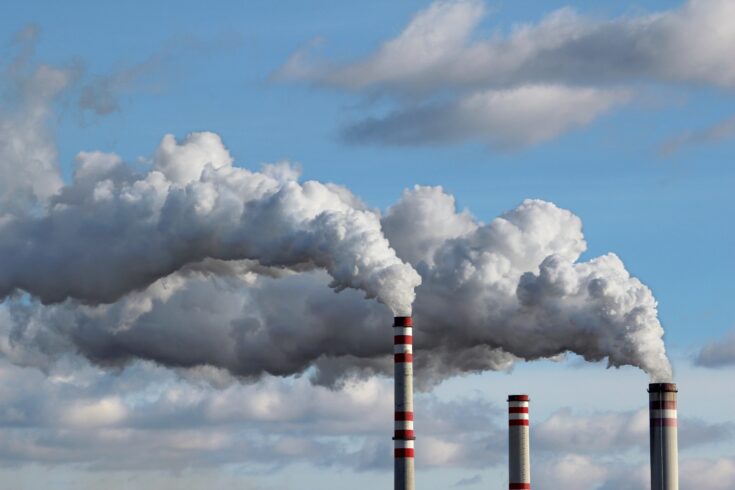The IM3AGES facility is led by the University of Strathclyde and also includes the universities of:
- Edinburgh
- Heriot-Watt
- Durham
- Nottingham
- Teesside
It is supported by a £5 million investment by the Engineering and Physical Sciences Research Council (EPSRC).
High-speed imaging
The facility will use X-ray computed tomography (XCT) to revolutionise the way we see and understand the way materials and processes interact with their environments, and how they change over time.
XCT is a high-speed and high-resolution imaging technology.
Principal investigator Dr Katherine Dobson, from the University of Strathclyde, said:
The new imaging facility allow us to see inside materials like rock, concrete, human bone or a museum artefact, with high resolution, without having to cut them up.
XCT produces three-dimensional digital images of the internal structure of a sample with unparalleled detail, and while 3D data can be extremely useful working in 4D (3D + time) is often even better.
As the technique is non-destructive, it can provide a deeper understanding of how materials interact with their environments over time, and capture how these interactions affect material properties and performance.
The project allows 4D imaging of the sample as it changes over the course of the experiment, and analysis of the fluids, gases or biological matter the sample is interacting with.
Understanding processes
The understanding of the processes by which materials and their environments change has many potential uses.
IM3AGES could help researchers to reduce their future carbon dioxide (CO2) footprint through innovative new materials and recycling technologies, so things can be manufactured and built more sustainably.
This includes:
- reclaiming materials from landfill
- low carbon replacements for plastics
- decarbonising manufacturing
- expanding the capability for CO2 storage
- use of waste heat and geothermal energy
It will also find ways to make materials last longer and cope better with our changing climate, including:
- low carbon ways to repair RAAC concrete in buildings
- improving flood defences
- finding ways to prevent landslides
Extraordinary speed and fidelity
EPSRC Executive Chair Professor Charlotte Deane said:
When we need to know how materials and their performance change over time, IM3AGES will allow us to examine this with extraordinary speed and fidelity.
With applications ranging from designing better drugs to preventing landslides, it underlines the fundamental importance of investment in research and innovation infrastructure to society and the economy.

